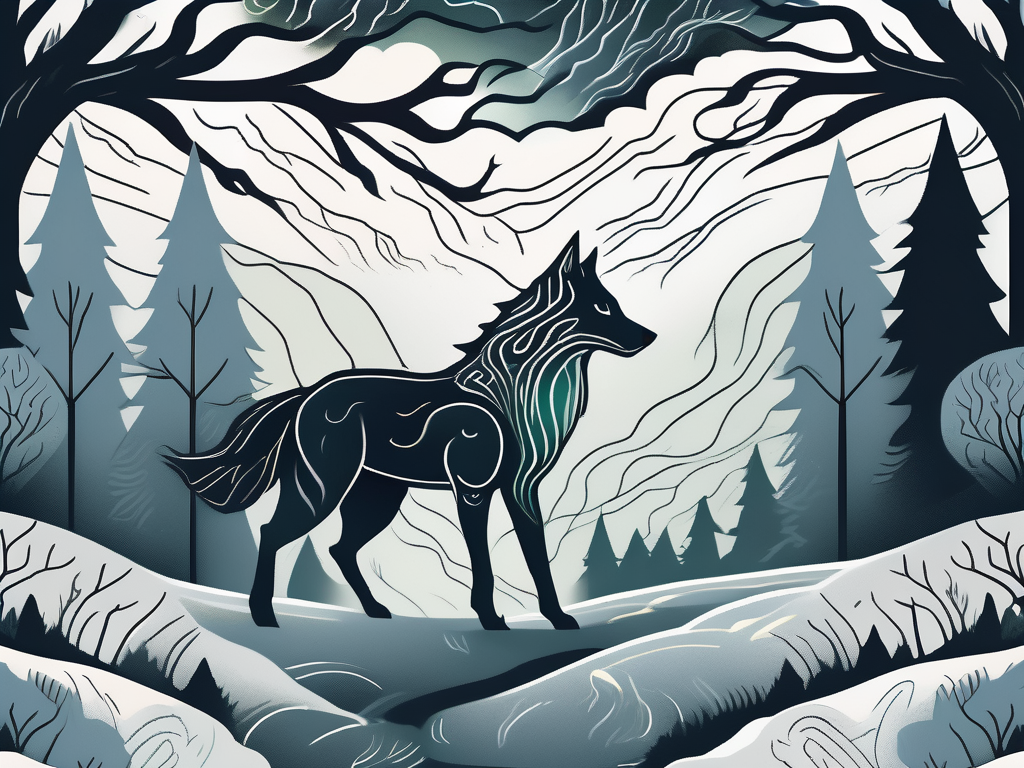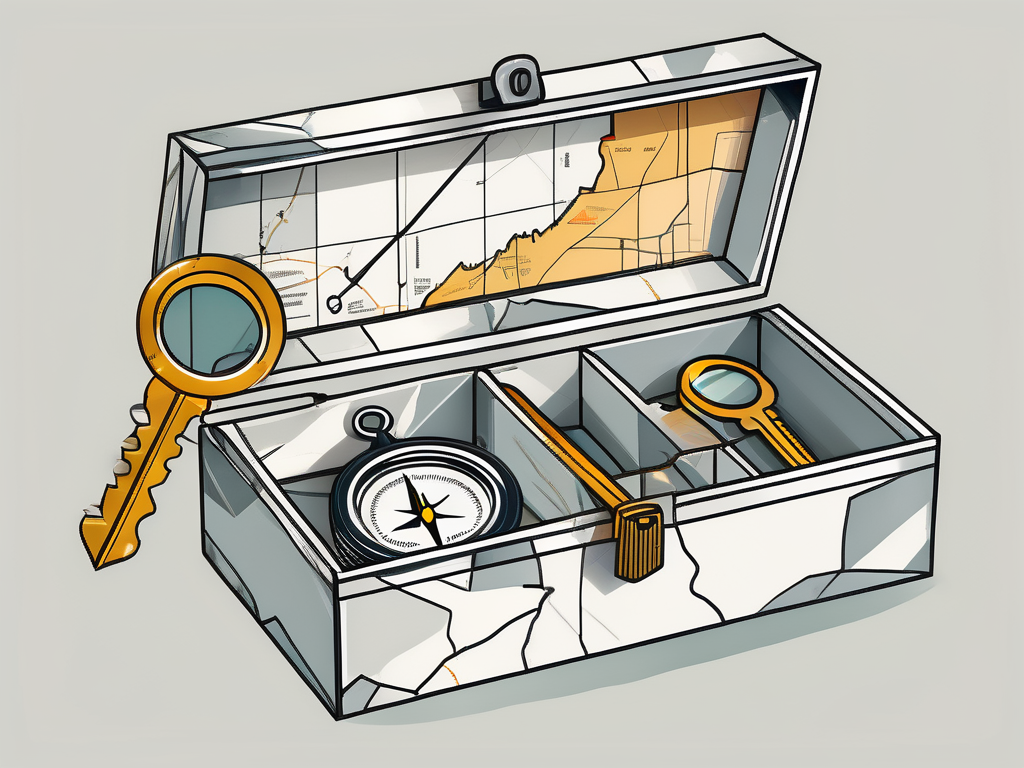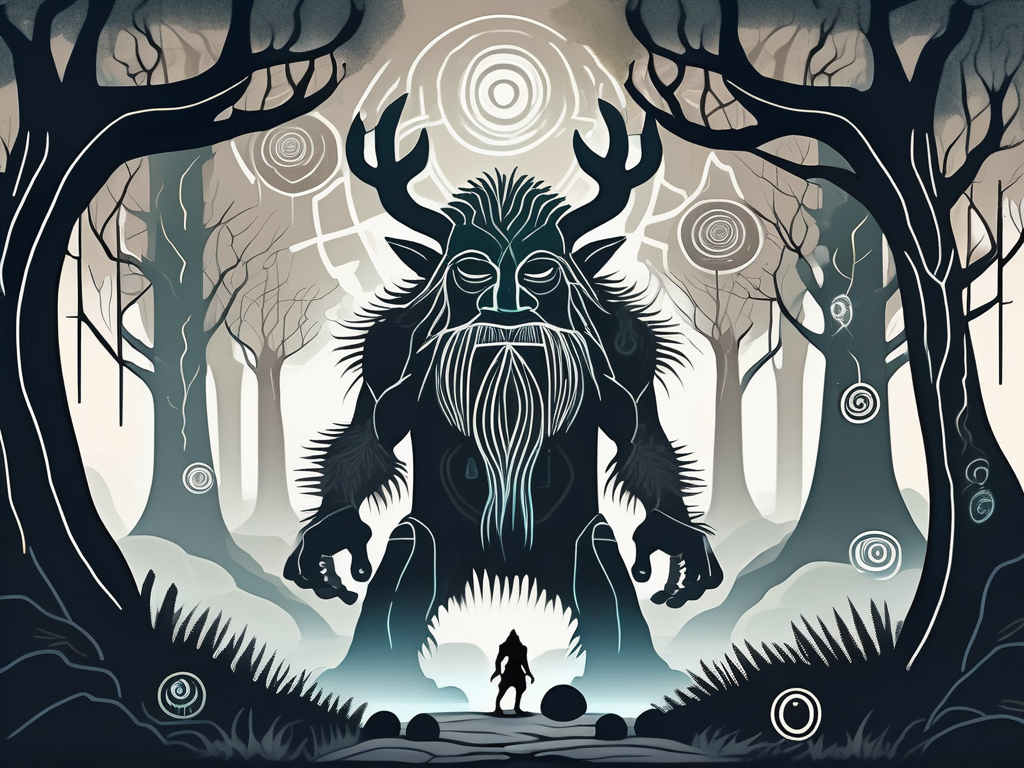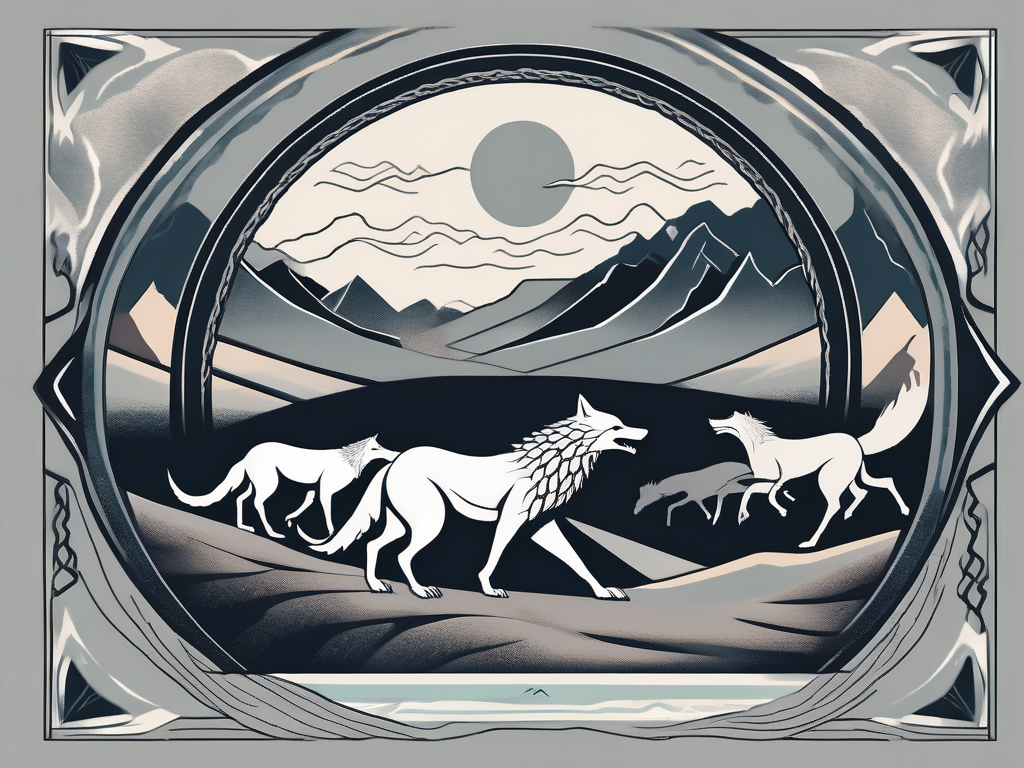If you’ve ever been captivated by tales of ancient gods and mythological beings, then Norse mythology is sure to spark your interest. From the powerful and enigmatic gods to the captivating tales of epic battles and magical creatures, the world of Norse mythology is rich and enthralling. Join us on this journey as we dive deep into the captivating world of Norse gods and explore their significance in both ancient and modern cultures.
Understanding Norse Mythology
Norse mythology is a vast collection of stories and beliefs that were an integral part of the ancient Norse culture. These myths were passed down orally through generations, and they provide insight into the complex belief system of the Norse people. To truly understand the world of Norse gods, it’s crucial to delve into the origin and history of this fascinating mythology.
The Norse people had a deep connection to the natural world, and their mythology reflected this profound relationship. They believed that their gods and ancestors affected every aspect of their lives, from the changing seasons to the outcome of battles. The gods were seen as powerful beings who controlled the forces of nature and governed the fate of humanity.
The roots of Norse mythology can be traced back to the pre-Christian era of Scandinavian history. The ancient Norse people, living in a harsh and unforgiving environment, sought to make sense of the world around them. They looked to their myths to explain the mysteries of the universe, the creation of the world, and the forces that govern it.
As time went on, Norse mythology evolved and intertwined with other belief systems, embracing different gods and heroes along the way. This complex tapestry of mythological tales and divine beings played a vital role in shaping the Norse culture and provided a framework for understanding the world they lived in.
The Origin and History of Norse Mythology
The origin and history of Norse mythology are deeply intertwined with the history of the Norse people themselves. The myths and legends were not static but evolved over time, reflecting the changing beliefs and values of the society. The stories were not only passed down through oral tradition but also depicted in various forms of art, such as carvings on stones and illustrations in manuscripts.
One of the most well-known sources of Norse mythology is the Poetic Edda, a collection of ancient poems that were written down in the 13th century. These poems provide a glimpse into the rich and diverse world of Norse gods, heroes, and mythical creatures. They tell tales of epic battles, heroic deeds, and the complex relationships between gods and mortals.
Another important source of Norse mythology is the Prose Edda, written by the Icelandic scholar Snorri Sturluson in the 13th century. This work serves as a guide to the Norse myths, providing detailed explanations of the gods, their realms, and the various creatures that inhabit the Norse cosmos.
The Importance of Mythology in Norse Culture
Norse mythology wasn’t only a form of entertainment or a way to pass the time; it was deeply ingrained in every aspect of Norse culture. These myths helped to define the moral values and social structure of the society, providing a framework for understanding the world and the gods’ role in it.
The gods and goddesses of Norse mythology were not distant and detached figures but were intimately involved in the lives of mortals. They were seen as protectors, guides, and sources of inspiration. The stories of their exploits served as examples of bravery, loyalty, and honor, shaping the behavior and aspirations of the Norse people.
Moreover, storytelling held great significance for the Norse people. It was through these tales that knowledge, history, and wisdom were passed down from one generation to the next. Norse mythology not only entertained but also educated and shaped the Norse people’s identity.
Through the myths, the Norse people found meaning and purpose in their lives. They saw themselves as part of a grand cosmic drama, where their actions and choices had consequences that reverberated throughout the universe. The gods were not distant and aloof, but were intimately connected to the lives of mortals, offering guidance and protection in times of need.
In conclusion, Norse mythology is a rich and complex tapestry of stories and beliefs that played a vital role in shaping the ancient Norse culture. It provided a framework for understanding the world, defining moral values, and passing down knowledge from one generation to the next. The myths and legends of the Norse gods continue to captivate and inspire people to this day, reminding us of the power of storytelling and the enduring legacy of ancient civilizations.
The Pantheon of Norse Gods
At the heart of Norse mythology lies a pantheon of gods and goddesses who played central roles in the Norse worldview. Understanding the different groups of gods and their distinct attributes is key to unraveling the intricate tapestry of Norse mythology.
The Aesir: The Main Gods of Norse Mythology
The Aesir, the most prominent group of gods, were associated with power, war, and wisdom. Led by the formidable Odin, the Allfather and ruler of Asgard, they were revered as the protectors of the human realm and champions of justice. Other notable Aesir gods include Thor, the God of Thunder, and Freya, the goddess of love and beauty.
Each Aesir god possessed unique qualities and had a place in the greater Norse mythological narrative. Their tales of heroism, treachery, and sacrifice continue to captivate audiences to this day.
The Vanir: The Other Important Norse Gods
Aside from the Aesir, the Norse pantheon also included the Vanir, a group of gods associated with fertility, agriculture, and nature. The Vanir, led by Njord, the god of the sea, brought prosperity and abundance to the Norse people and were closely linked to the natural cycles of life.
The inclusion of the Vanir in Norse mythology highlights the complexity and diversity of the gods worshipped by the Norse people. Their interplay with the Aesir and their unique attributes contribute to the rich tapestry of Norse myths.
Key Figures in Norse Mythology
While the gods were undeniably central to Norse mythology, certain figures stood out among the pantheon due to their unique roles and complex personalities. Let’s explore a few of the most fascinating mythological figures from the Norse mythos.
Odin: The Allfather
Odin, the Allfather of the Aesir, was the most revered and enigmatic god in Norse mythology. He was associated with war, wisdom, and magic, and his quest for knowledge and power knew no bounds. Odin’s iconic attributes include his one-eyed appearance, his ravens Huginn and Muninn, and his unwavering pursuit of wisdom at any cost.
As the chief god, Odin played a vital role in countless Norse myths. His tales of sacrifice, self-discovery, and desire for knowledge shed light on the complexities of human nature and the gods’ struggle to maintain balance in the cosmos.
Thor: The God of Thunder
One of the most well-known Norse gods is Thor, the mighty God of Thunder. With his trusty hammer Mjolnir, Thor wielded power over the storms and protected both gods and humans from the giants and other cosmic threats.
But beyond his thunderous exploits, Thor was also depicted as a symbol of strength, bravery, and loyalty. His tales often showcased his battle against the forces of chaos, reinforcing the Norse belief in the triumph of order over chaos and good over evil.
Loki: The Trickster God
No exploration of Norse mythology would be complete without discussing Loki, the mischievous and complex Trickster God. Known for his cunning, shape-shifting abilities, and quick wit, Loki played a pivotal role in many mythological tales.
While Loki often found himself at odds with the gods due to his unpredictable nature, he also became an essential figure in Norse mythology’s grand narrative. His actions, motivations, and conflicts with the gods showcased the complexities of human nature and the presence of both light and darkness within each individual.
The Mythological Creatures of Norse Legends
The world of Norse mythology is not limited to gods and heroes; it is also inhabited by a diverse array of mythical creatures, each with its own fascinating attributes and significance.
Giants: The Ancient Enemies of the Gods
In Norse mythology, giants were powerful and oftentimes primal beings who posed a great threat to the gods and the world they sought to protect. These colossal entities symbolized chaos, representing the forces that the gods had to subdue in their never-ending battle to maintain order.
The tales of the gods’ conflicts and alliances with the giants provided a vivid depiction of the constant struggle between order and chaos, revealing the delicate balance that the gods fought to uphold.
Dwarfs and Elves: The Lesser Known Beings
While dwarfs and elves may be less familiar to many, they played significant roles in Norse mythology. Dwarfs were master craftsmen, responsible for creating some of the most powerful and coveted artifacts in the Norse cosmos. Their intricate works showcased the mastery of their craft and their connection to the natural world.
Elves, on the other hand, were ethereal and mysterious beings associated with beauty, magic, and the natural world. Revered for their wisdom and connection to the realms beyond, elves served as intermediaries between gods and humans, offering guidance and shelter to those in need.
Norse Mythology in Modern Culture
Throughout history, Norse mythology has continued to inspire and influence various forms of art, literature, and entertainment. Let’s explore how the captivating tales of the Norse gods have left an indelible mark on modern culture.
Norse Gods in Literature and Film
From J.R.R. Tolkien’s Middle-earth to the Marvel Cinematic Universe, the influence of Norse mythology can be seen in countless works of literature and film. The epic grandeur, moral complexity, and larger-than-life characters of Norse mythology have provided fertile ground for storytellers to create their own mythical worlds.
Characters such as Thor and Loki have been reimagined and reintroduced to modern audiences, capturing their imaginations and breathing new life into ancient stories. The enduring popularity of these characters demonstrates the timeless appeal of Norse mythology and its ability to resonate with people across different cultures and generations.
The Influence of Norse Mythology on Modern Fantasy Genres
Norse mythology has also had a profound impact on the fantasy genre as a whole. The depiction of gods, mythical creatures, and epic battles in Norse mythology has become a cornerstone of many fantasy novels, games, and role-playing systems.
Authors and creators draw inspiration from the rich tapestry of Norse myths, weaving them into their own fictional worlds. This fusion of ancient Norse mythology with modern storytelling techniques has given rise to beloved fantasy series such as George R.R. Martin’s “A Song of Ice and Fire” and video games like “God of War,” further cementing Norse mythology’s enduring presence in popular culture.
As we wrap up our exploration of the fascinating world of Norse gods, we hope you’ve gained a deeper appreciation for the mythical tales that continue to captivate audiences worldwide. Norse mythology not only provides a glimpse into the beliefs and values of an ancient civilization but also serves as a timeless reminder of the universal aspects of human nature. So, whether you find yourself immersed in the pages of a fantasy novel or eagerly awaiting the next superhero film, remember to look to the gods and creatures of Norse mythology for inspiration and a connection to the past.












